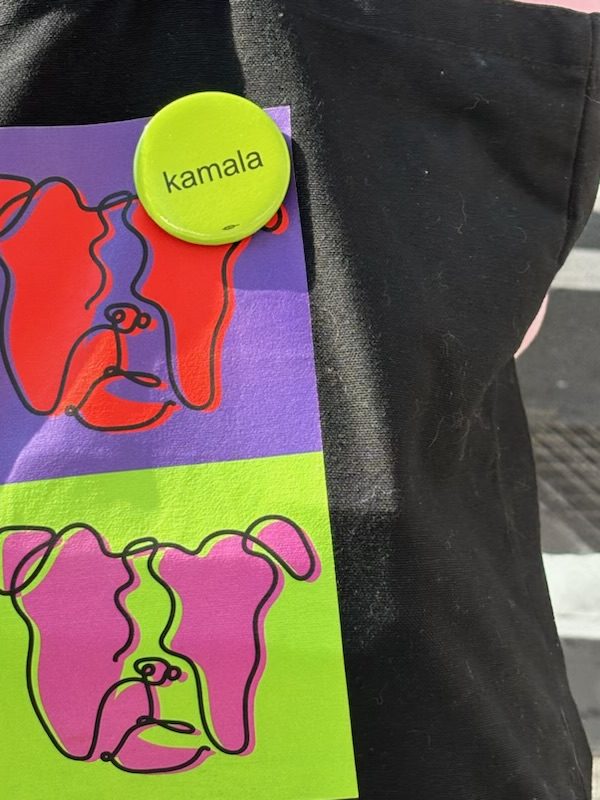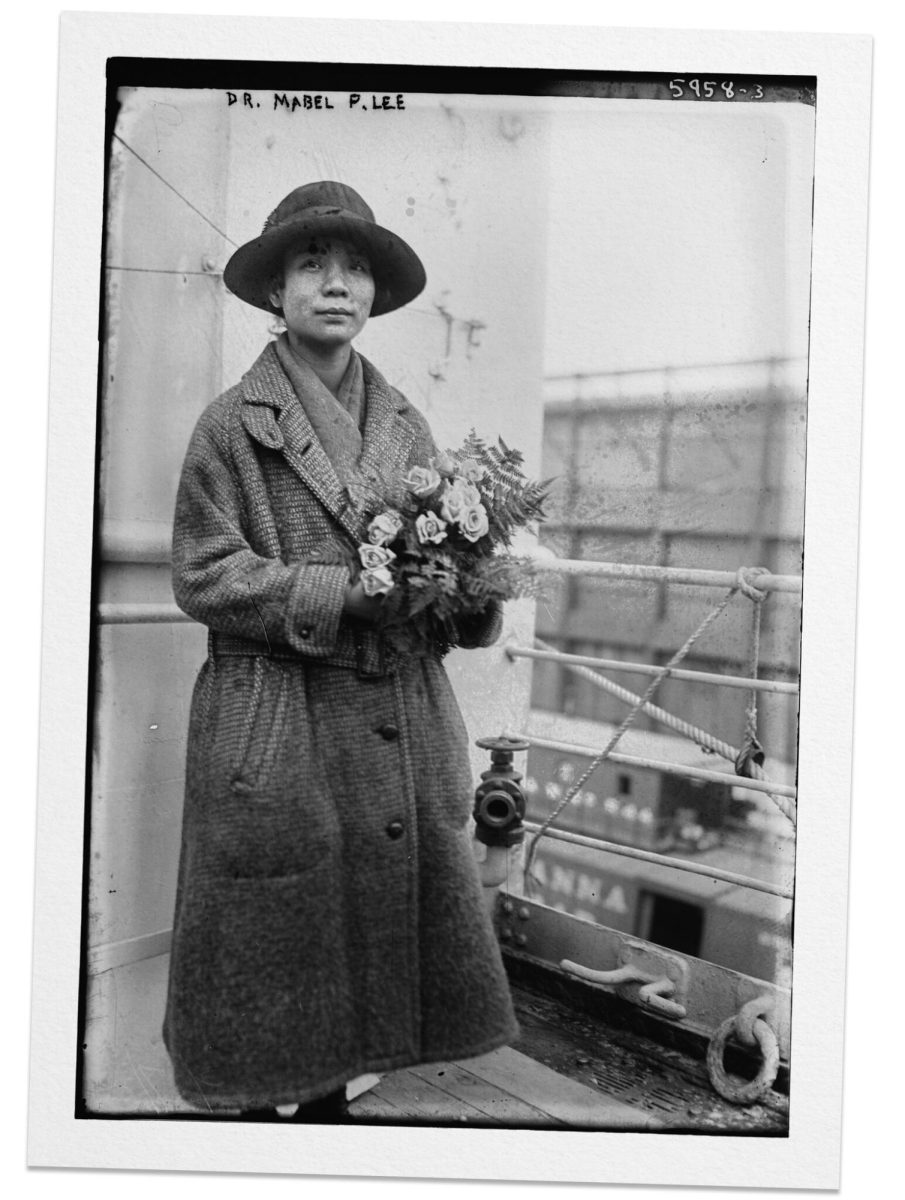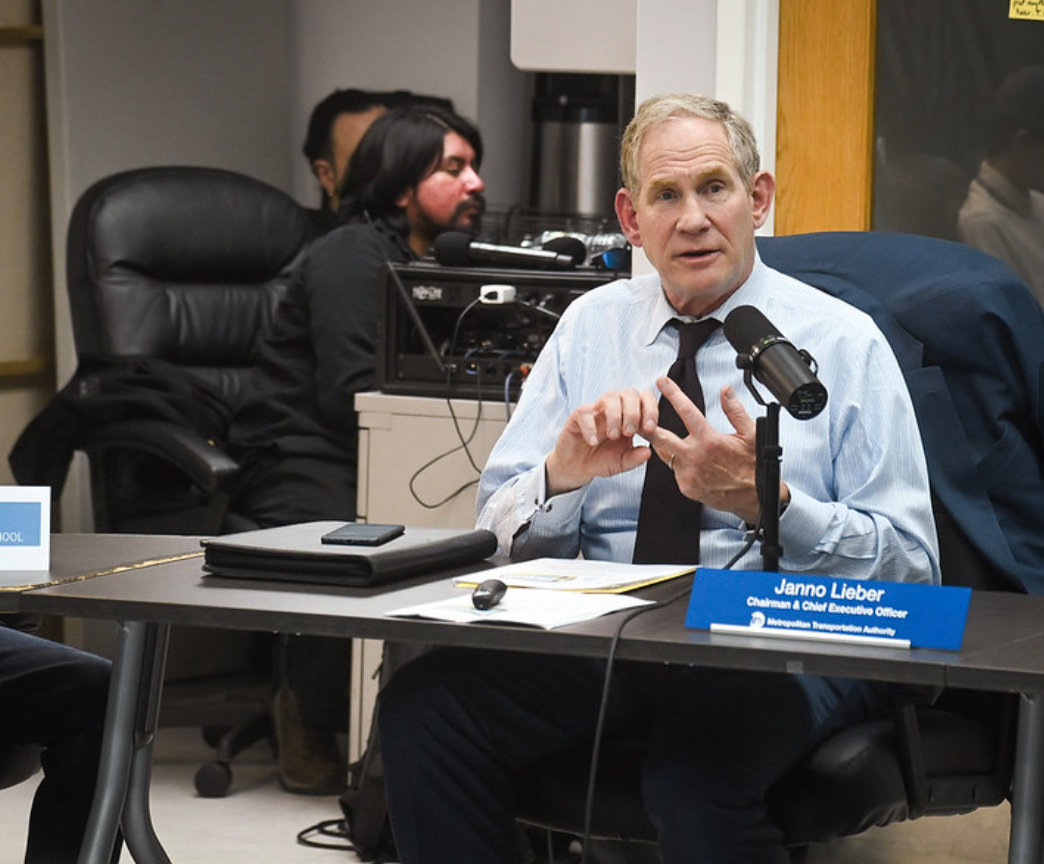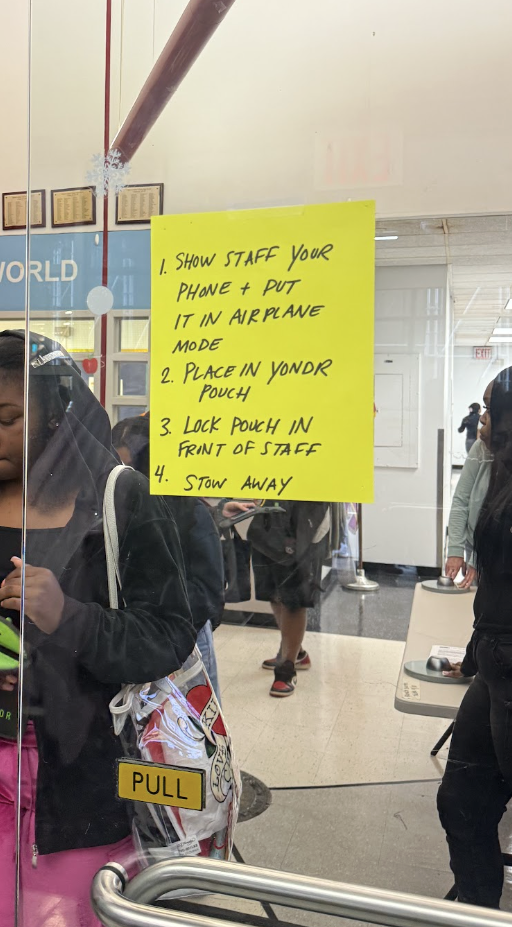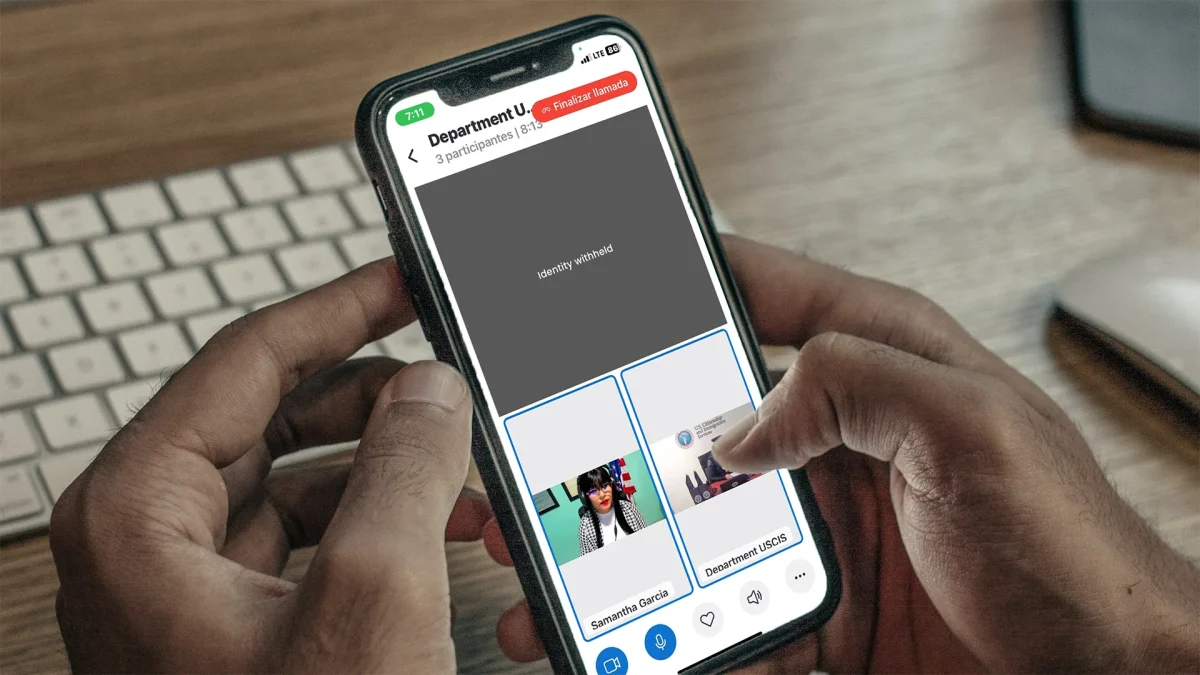The word brat often refers to people—more specifically, children—as annoying. Brats are seen as childish, spoiled and misbehaved–all traits unfit for president. So, why did the Democratic candidate for the 2024 election Kamala Harris proudly embraced the “Brat” title?
On June 7, 2024, English singer Charli XCX released her sixth studio album, simply titled Brat with an equally simple album cover to go along with it. The lime green color with “Brat” written on it in a narrow Arial font has become a staple of recent pop-culture with huge corporations mimicking the design to even Harris’ campaign account on X.
The phrase seemed to take the world by storm but also left many confused. The singer took to social media to explain what “Brat” evoked.
“You’re just like that girl who is a little messy and likes to party,” said Charli. “Who feels herself but maybe also has a breakdown, but kind of like, parties through it, is very honest, very blunt…Like, does dumb things. But it’s brat.”
While “Brat Summer” officially came to an end on Sept. 2, the essence of the lime green posts with the narrow Arial font still lingers throughout social media, including Harris’ after replacing President Joe Biden as the Democratic nominee in the 2024 election.
The end of Biden’s presidency was tainted by his old age. At the age of 81, Biden was the oldest man in office and his age only became more apparent after the June 27 debate against Donald Trump. Since the debate, many of the party’s elected officials urged Biden to step down from the race, making room for a significantly younger Harris to run as the Democratic nominee.
Harris, before overtaking President Biden as the Democratic nominee, was highly scrutinized by American citizens. Her approval ratings consistently sat well below her disapproval ratings, but stayed consistent with Biden’s. However, following Harris’ announcement for her 2024 campaign for president on July 21, her approval ratings started to increase.
While this increase can be attributed to a variety of factors, one in particular stands out: her use of social media and how she is using it to appeal to younger voters. While it is now common knowledge that social media plays a crucial role in elections following former President Barack Obama’s 2008 campaign, Harris has used it in a way that has not been seen before.
Harris, in comparison to her predecessor and political opponent, is much younger, and her use of social media is only highlighting that age difference. As one scrolls through Kamala HQ, her campaigning accounts, they can expect to see popular meme formats used by younger generations, but this time being applied to a political context.
According to Pew Research Center, nearly half of TikTok users under 30 report that they use TikTok to keep up with politics. Her campaign team certainly took note of this with the campaign’s TikTok account amassing nearly 5 million followers through the use of popular meme formats and trending audios being used to take jabs at Trump or to uplift Harris herself.
This strategy of catering to younger voters is not only limited to Harris. Tim Walz, Harris’ running mate, was live streaming on Twitch with U.S. representative Alexandria Ocasia-Cortez, playing Madden in efforts to appeal to young male voters.
Despite their efforts, on Nov. 6, Donald Trump was elected as the 47th president of the United States which begs the question: did Harris make the right move by appealing to younger demographics?
Baruchian’s Thoughts on her Campaign Strategy
Harris’ campaign is not void of controversy, even among the younger generations who she is trying to appeal to. All throughout social media, it’s apparent that her campaign strategy garnered the attention of many, both negative and positive.
Senior Darragh Boyle points out the lack of focus in the issues that the youth care about in her campaign. “One way she could have been more effective in gaining young voters is by actually advocating for issues they care about instead of trying to impress them with TikToks,” said Boyle.
Additionally, some of Harris’ policies went against what youth voters wanted. Many even opted to vote third party due to her stance on a variety of issues including conflicts in the Middle East, with many people viewing a vote for Harris as a vote to their tax dollars being used to fund the war in Palestine and Israel.
Boyle notes that many voters are conflicted on Harris’ reaction to Israel’s handling of the war. “Her policy is very much against the interest of young voters,” said Boyle.
Conversely, junior Nicholette Lopez believes many of Harris’ policies do align with what younger voters want—especially in comparison to Trump’s whose tax cuts would primarily benefit corporations and wealthier Americans.
Lopez said, “Harris’s policies did align with the younger generation of voters as her plan was to cut taxes for those who make under $400k which would benefit the younger population as they are just beginning their lives.”
Lopez also points out why it was so crucial to target younger voters in this election. “They are the new generation and the future leaders of the United States,” said Lopez.
Harris was not the only candidate who took note of how critical gaining the support of younger voters was. Trump made similar efforts, appearing in podcasts, leveraging his social media platforms, and consistently staying on the radar of youth voters.
“In the beginning of the campaign she did a decent job, you know, with the memes…the problem was, she was greatly outclassed by her opponent on that front,” said U.S. history and government teacher John Jacobs. “Donald Trump went on every big Gen Z podcast. Gen Z doesn’t love [Joe] Rogan but he was on Rogan, he was on all the different Barstool ones, he even was with Adin Ross.”
Jacobs also highlights a key flaw in Harris’ campaign strategy, noting her overreliance on Gen-Z voters.
“As we know, young men have been getting more and more conservative ever since the internet has been invented…and those people were never going to get to Harris in the first place,” said Jacobs.
According to CIRCLE, young male voters voting Republican jumped from 41% to 56% from 2020 to 2024. Trump was able to focus on a certain demographic that are more susceptible to his messages by going directly to the media they consume, similar to what Harris attempted to do but fell short of in the eyes of many.
Alaina Moise, U.S. government and history teacher, says that the candidates were doing what politicians have been trying to do in an evolved way.
“When I was growing up and Obama was running, I remember seeing a lot of Facebook stuff because that was popular at the time,” said Moise.
As another presidential election season goes by, digital outreach continues to play a pivotal role in shaping modern day political campaigns. Though platforms like Facebook have been replaced by apps like TikTok, the fundamental aspect of using social media to connect with new voters is still there—it is just a matter of how candidates evolve alongside it.


